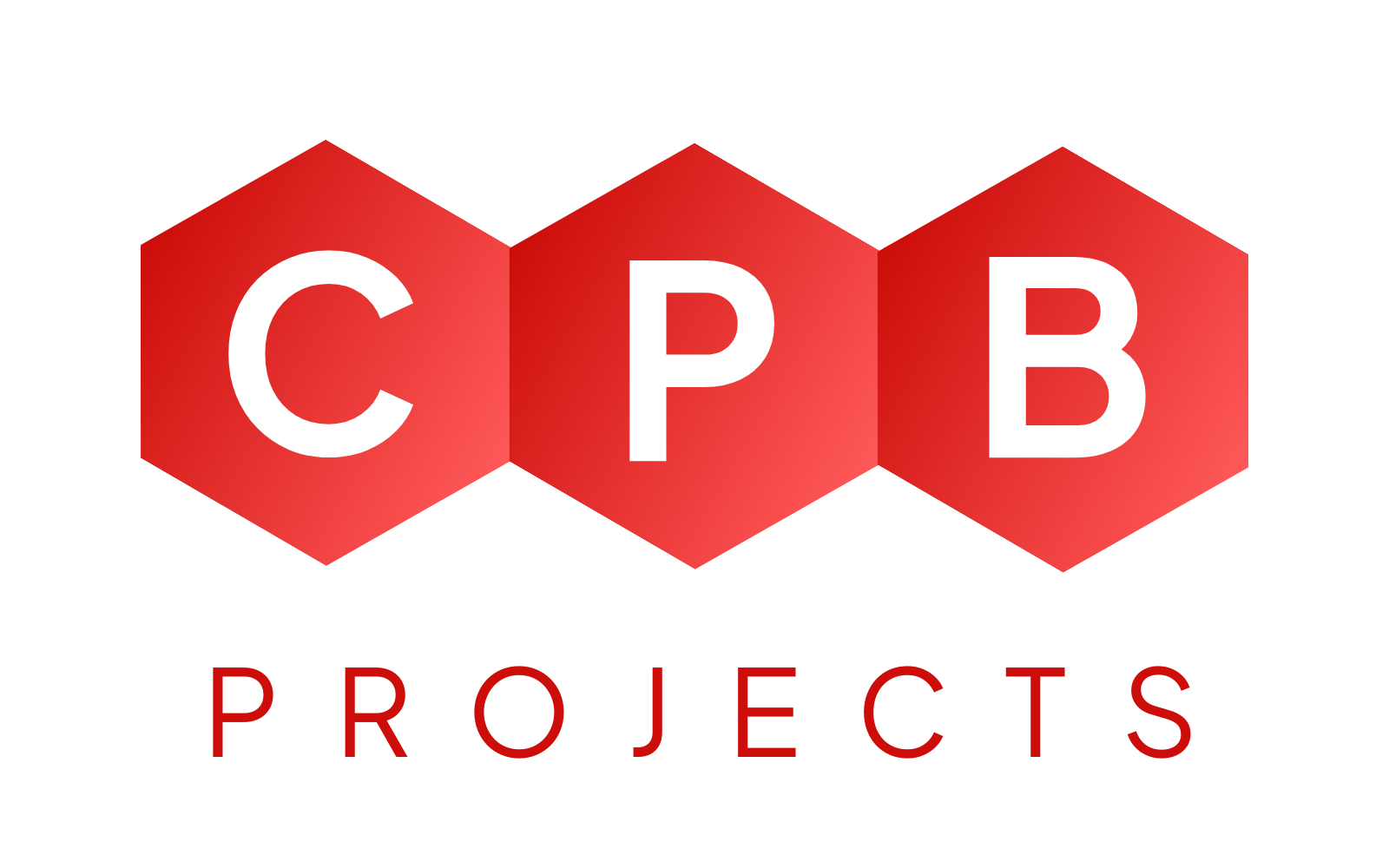SOLUTIONS
Project planning & briefing
Improved project performance is a science. Up to 80% of costs are irrevocably committed at the front of projects. Effective preparation is the key to driving value from the budget and realising your aspirations.
The early stages of a project offer the client the chance to have the greatest impact on the success of their project
During this phase there is scope to innovate and experiment without increasing costs.
This opportunity is quickly succeeded by a requirement to maintain tight control over costs and changes.
Our focus is on supporting clients during the scoping, modelling and briefing processes which are vital to ultimately achieving value for money.
It is therefore worthwhile to view the preparation stage in highly integrated ways.
Strategic planning
Setting out the vision for a new project is the most critical step.
The brief must be closely linked to the core business strategy of the HE institution.
A new facility will have a significant impact on, and be closely aligned with, other strategic developments.
With this in mind, we recommend:
Revisiting current strategic plans to:
- Examine potentially sensitive environmental and policy changes
- Gain an early understanding of sensitivities to successfully manage project risks
Considering the relationship between current activity levels.
- Resource allocation, key performance indicators and historic decisions on the allocation of resources can quickly fall out of step with activity levels
- A capital project is a superb opportunity to re-align resources based on need
Projecting future activity levels.
- Assessing their resource requirements
- Evaluating their impact on performance
Even in the most volatile circumstances, a forward look is of considerable benefit. Scenario planning can provide insights into opportunities available to manage and eliminate risks.
Space modelling and budget setting.
Throughout the HE project, the volume of space to be built is a key driver of the brief, the costs and the ability of the project to support planned activity levels.
We recommend that a Strategic Space Model is employed to assist in controlling the relationship between activity and costs.
The hallmarks of a good model include:
Close linkage and integration with the strategic planning process – student numbers and other indicators of activity levels must directly drive the calculation of space required
Iterative in the early stages – it will facilitate strategic scenario planning, assisting in resolving ‘what if?’ questions and risk assessment
Direct linkages to option development and project cost planning – keeping your key figures (strategic plan, space budget and cost plan) synchronised is a complex challenge
Support for key decisions at critical project stages – early planning and close links to cost planning allow confident decision making
Consultation, briefing and communication.
We recommend the early involvement of curriculum teams in the briefing process. This will provide the opportunity to contribute, be consulted and keep teams informed about developments.
The project lifecycle lends itself to early engagement, enabling staff participation in the briefing process and the brief itself. This opening, however, evaporates quickly as the need to maintain cost and change control becomes paramount.
Case study

Luton College
Lorem Ipsum is simply dummy text of the printing and typesetting industry
CPB Projects have assisted the School of Health Sciences at City University London in the creation of our new Nursing pre-registration curriculum, due to start in September 2012.
Their experience in HE curriculum planning, particularly within Health has proved to be a valuable asset throughout the process.
Dr Martin Steggall
Associate Dean, City University, London
You might also be interested in…
